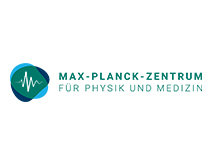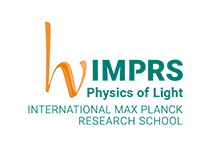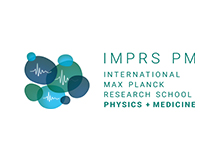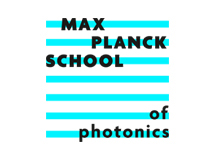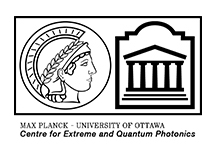Stack-and-draw
The fabrication of high quality custom-designed photonic crystal and microstructured fibres is central to the research at MPL. The goal is to remain at the forefront of developing novel types of PCFs, and to provide a short path from the first idea of a new experiment to the realization of the often unique fibre required for the experiment. The main procedure used is "stack-and-draw", which relies on manual assembly of glass capillaries and rods into an appropriate preform stack whose structure corresponds approximately to the desired fibre structure and which is then drawn to fibre in one or two steps. By tuning process parameters such as temperature, preform feed rate and drawing speed, as well as the pressure inside the preform, the size of the air-holes and their spacing can be controlled. We have two drawing towers for silica capillaries and fibres, and one for drawing of soft-glass. All three are located in a state-of-the-art cleanroom in the MPL building complex.
Stack-and-draw technique
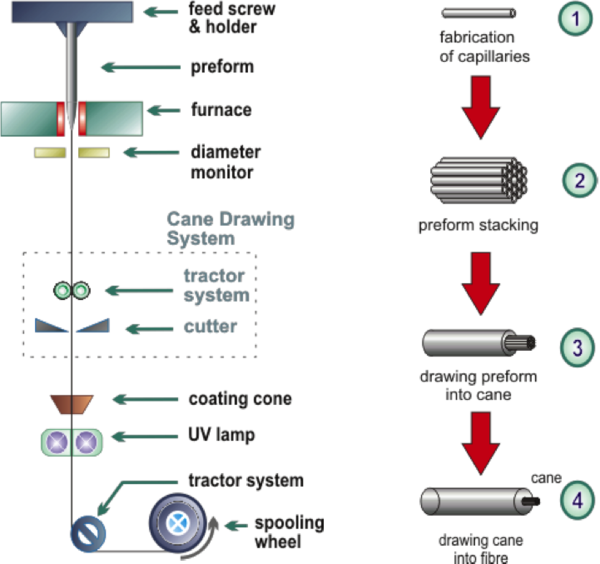
We use the "stack-and-draw" procedure, which relies on manual assembly of glass capillaries and rods into an appropriate preform stack whose structure corresponds approximately to the desired fibre structure. After inserting the preform stack into a glass tube and fusing during the drawing process, one obtains a microstructured preform or "cane". The final step in PCF fabrication involves drawing the cane into fibre with the desired dimensions, such as cladding-lattice pitch and the outer fiber diameter. By tuning process parameters such as temperature, preform feed rate and drawing speed, as well as the air-pressure applied inside the preform, the size of the air-holes and their regularity can be controlled. As for standard fibers, the fabricated PCF is coated with a polymer jacket for improved mechanical strength.

